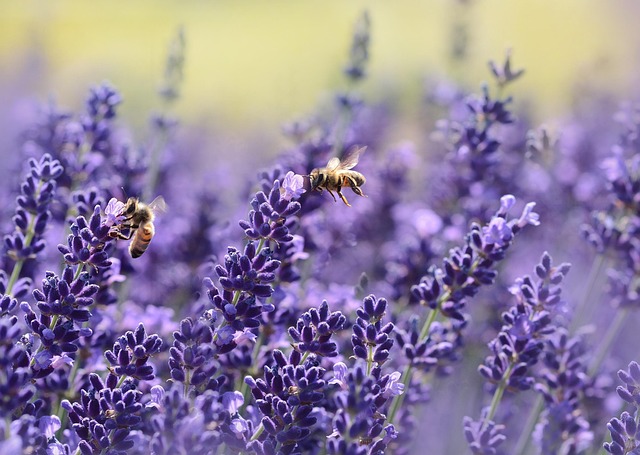May is a perfect time for homeowners to refresh their gardens, and one of the most impactful ways to do so is by planting with pollinators in mind. A pollinator-friendly garden not only adds vibrant beauty to your yard but also supports the essential work of bees, butterflies, and other beneficial insects.
According to the David Suzuki Foundation, native plants such as milkweed, bee balm, black-eyed Susans, and coneflowers provide vital food sources for pollinators and require less maintenance since they are adapted to local climate conditions. These plants are naturally pest-resistant and drought-tolerant, making them a smart, sustainable choice for gardeners.
Creating a pollinator-friendly garden also involves rethinking how we approach lawn care. Avoiding pesticides and herbicides ensures that pollinators are not exposed to harmful chemicals. Adding features such as a bee bath—a shallow dish filled with water and pebbles for bees to land on—can also help sustain local pollinator populations.
Companion planting is another effective technique. For example, planting lavender near vegetable beds can help attract pollinators that support food production. Shrubs like elderberry or serviceberry can provide shelter and nesting opportunities for native bees and birds.
May is an ideal time to start, as most plants begin their growing season now and will flourish with the rising temperatures and longer daylight hours. As your garden comes to life, you’ll also notice an increase in biodiversity, from buzzing bees to fluttering butterflies.
By creating a garden that welcomes pollinators, homeowners contribute to local ecosystems and help combat the global decline in pollinator populations—a small effort with a big environmental payoff.
Source: David Suzuki Foundation (https://davidsuzuki.org/what-you-can-do/food-and-our-planet/create-pollinator-friendly-garden/)





